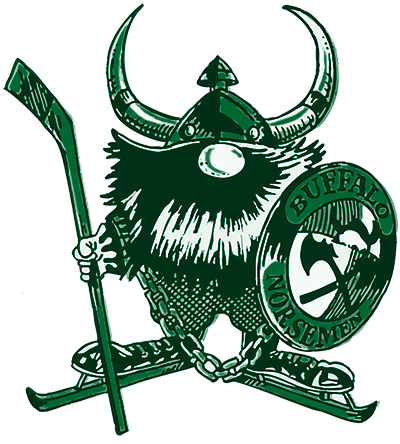
THE RISE AND FALL OF THE BUFFALO NORSEMEN: PART 1
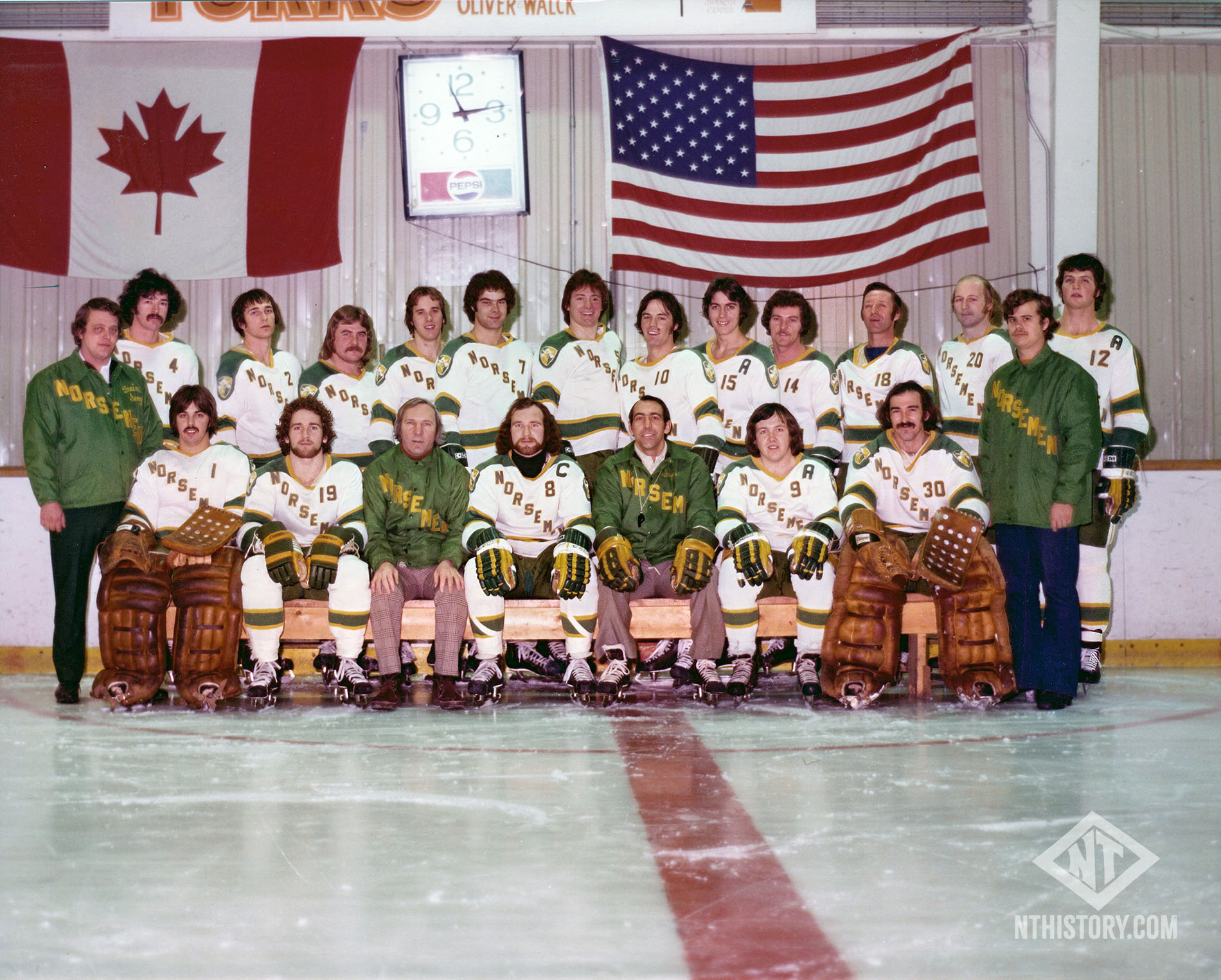
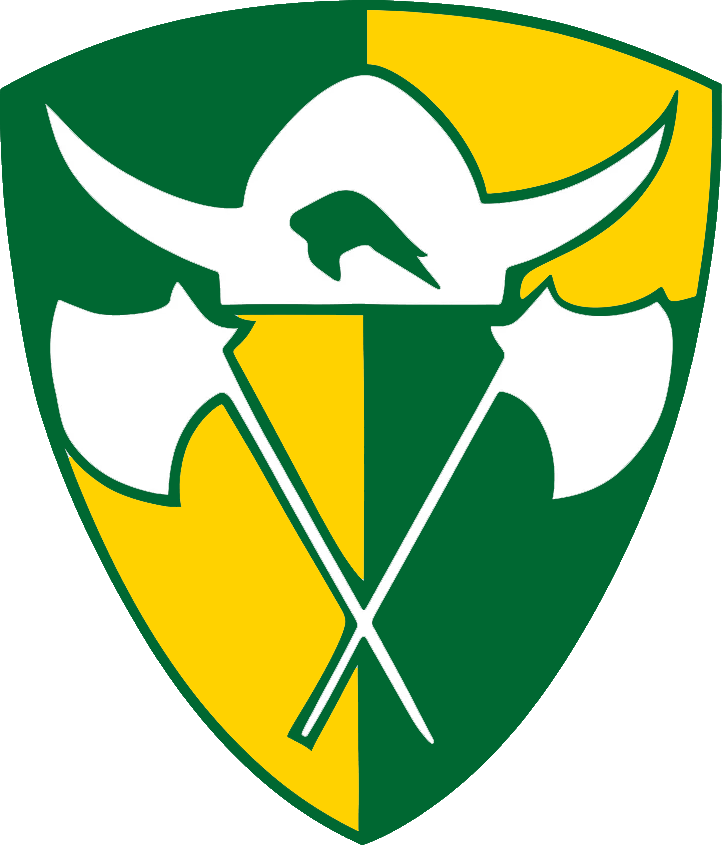
“An unbelievable end.”
That’s what the headline in the Tonawanda News said the day after the Buffalo Norsemen’s final game, March 28, 1976. The headline was not hyperbole: a pre-skate melee sent two Norsemen players to the hospital. As a result, the game was never played. It was a scene so nihilistically violent (even by 1970s hockey standards) that it got written straight into the 1977 sports classic, Slap Shot. (Actor Paul Newman was in the Johnstown crowd that night.)
The Norsemen forfeited the game, and the series. It was a heartbreaking end to a franchise that had started the previous spring with great promise. The Norsemen forged ties with the community that are remembered to this day. And it all started with two local surgeons with big-time ambitions.
The doctors are in
The unlikely story of the Buffalo Norsemen and professional ice hockey in North Tonawanda begins in early 1973 with two local surgeons: The late Dr. Dudley Turecki, a North Tonawanda native who studied medicine at UB and later practices at DeGraff Memorial Hospital and Millard Fillmore Hospital; and the late Dr. Syde Taheri, who practices in Williamsville with a specialty in sports medicine.

A multi-million dollar vision for Ridge Road
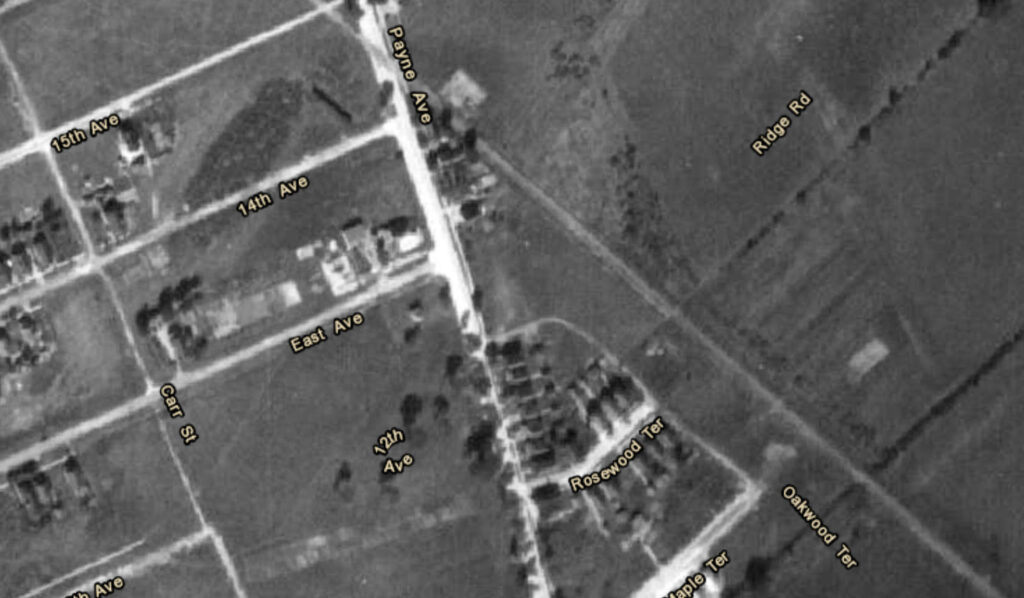
At a press conference on September 1st, 1973, the entrepreneurial surgeons announce plans for a $2.4 million dollar sports complex in the ancient marshy woods at the center of the city of North Tonawanda, between the Meadow Drive high school and the Mid-City Plaza. Work is planned to start in just two weeks.
The doctors plan to divide their duties: Dr. Syed Taheri will manage the tennis courts, to be named “Twin City Racquet Club” (today, Sportsplex). Dr. Turecki will manage the hockey rinks, to be named “Tonawanda Sports Center” (today, the bus garage and food pantry).
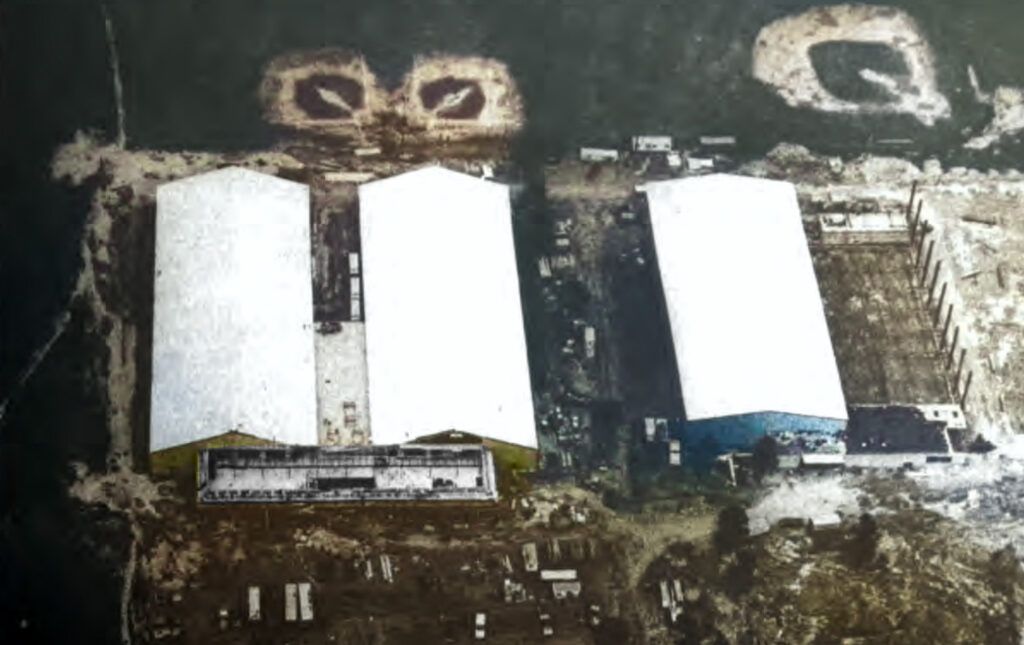
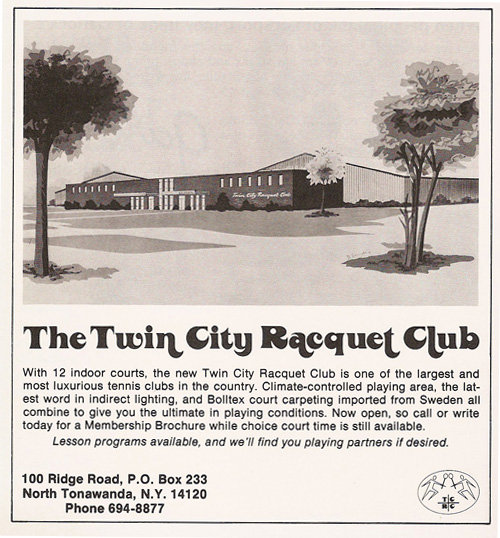

Construction delays and the loss of the Tondas
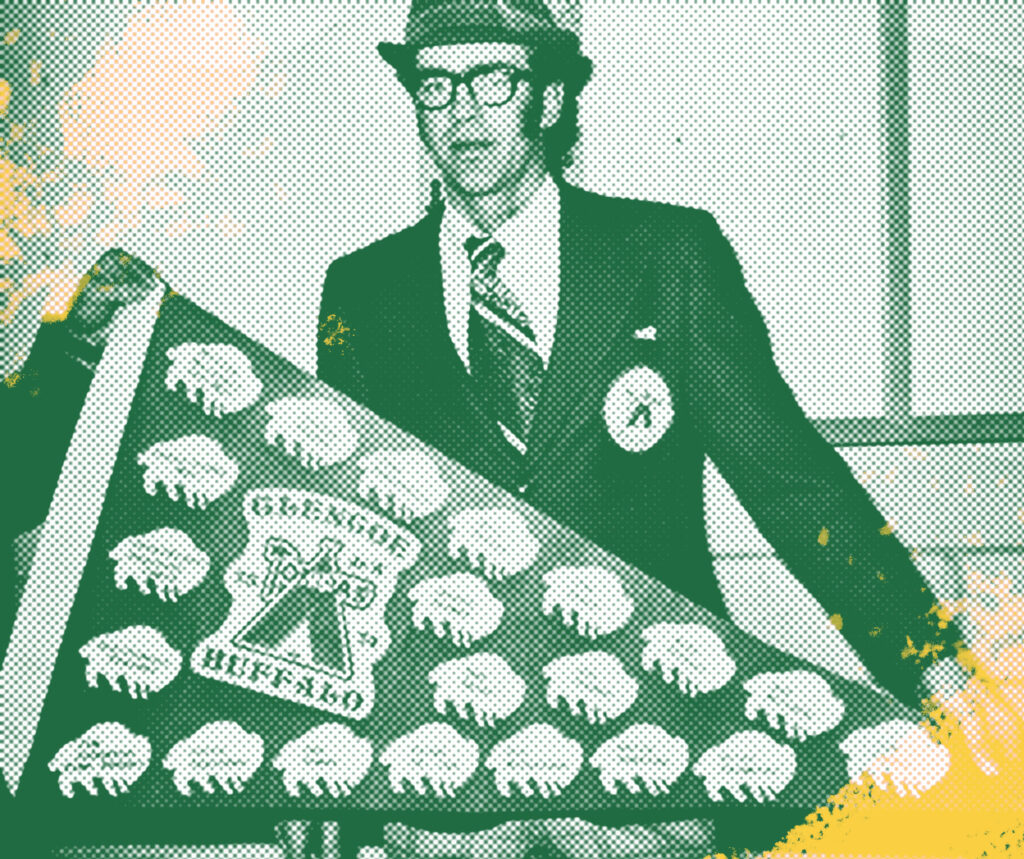
The Norsemen are not the first pro team to be considered to play at the new complex. It is initially hoped that the facility will be completed in time to become home ice for the second half of the Southern Ontario Junior A League “Buffalo Tondas” 1974-75 season. Rising steel costs delay construction, and some loans do not pan out (or were misrepresented). Turecki loses the Tondas. In the end, he has to settle for a rink with a modest capacity of 2,800 seats, and a smaller practice rink next door (for the next several years there will be talk of a larger, 7,000-seat arena which never materializes).
Although the Tondas move to Glencoe, Ontario, another opportunity is around the corner. The upstart North American Hockey League has its eyes on the proven Buffalo-Niagara hockey market.
What was the North American Hockey League?
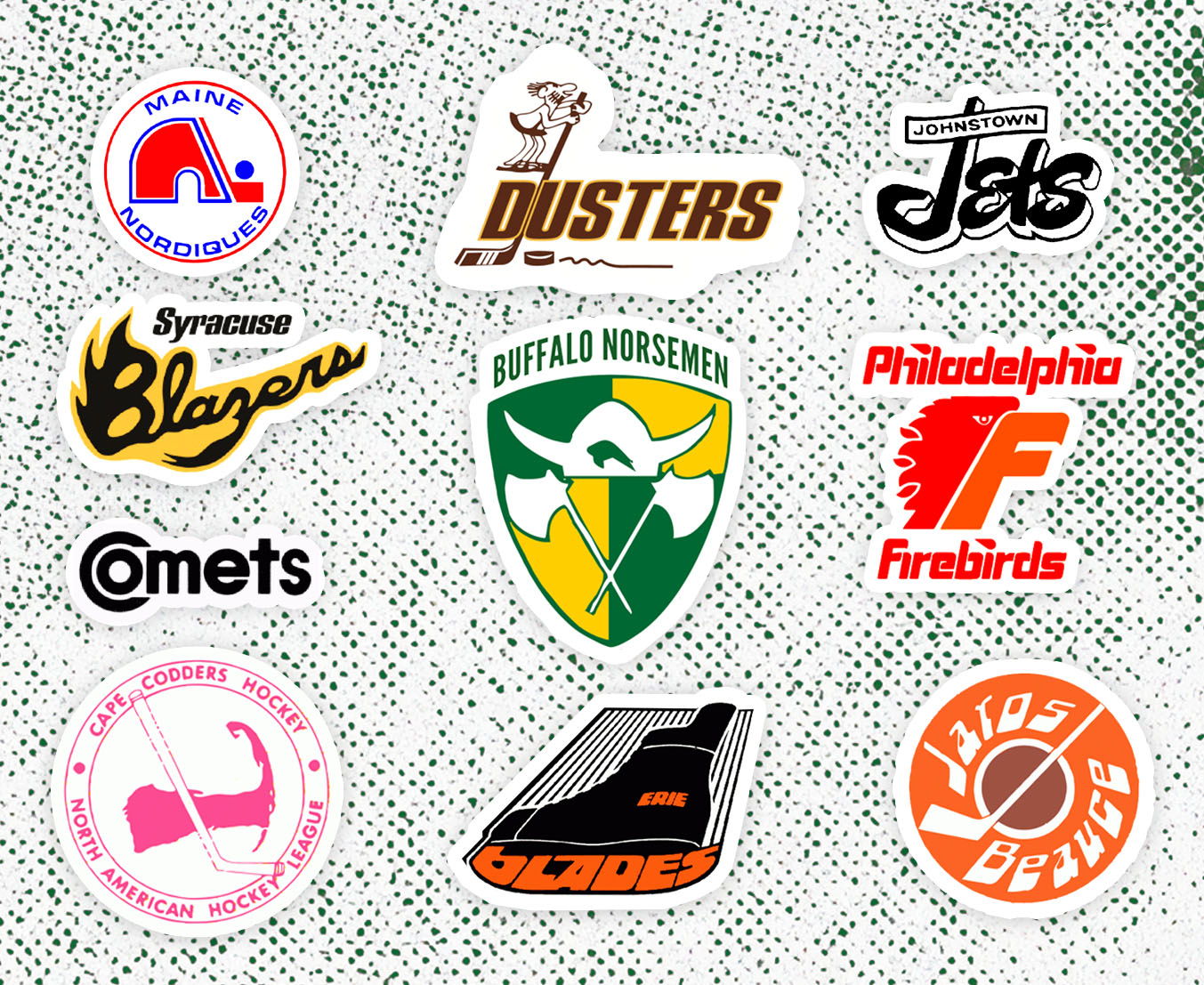
The North American Hockey League (NAHL) in which the Norsemen competed was a two year-old professional hockey league. Unlike the National Hockey League (NHL) or World Hockey Association (WHA), it is considered a minor league. It is formed in 1973 from the ashes of the Eastern Hockey League (EHL) (1953-1973).
Some of the NAHL teams are “farm teams” for WHA or NHL clubs, and some have agreements with multiple teams. Many of its players are undrafted free agents looking to break into the bigs and gain experience. It’s not a glamorous career: players are paid between $250 and $300 a week (those under NHL or WHA contracts could receive more from the parent organization). By all accounts, the NAHL is a hard-hitting league, grind-it-out league exemplifying, depending on your perspective, the best or worst of 1970s “old-time hockey.”
The doctors strike a deal for a North Tonawanda-based team to join the NAHL for the 1975-1976 season. Ten teams will compete for the league’s Lockhart Cup:
- Buffalo Norsemen
- Erie Blades
- Syracuse Blazers
- Mohawk Valley Comets
- Cape Codders
- Maine Nordiques
- Binghamton Broom Dusters
- Philadelphia Firebirds
- Johnstown Jets
- Beauce Jaros
The Greater Buffalo Hockey Club, Inc.
With the rinks finally built in 1975, and an agreement signed with the NAHL, Doctors Turecki and Taheri join eight other local investors to form the “Greater Buffalo Hockey Club, Inc.” This group will oversee the business operations of the newly formed hockey team that will play its home games out of the Tonawanda Sports Center. The group has its work cut out for it: they have only a few short months to get a team together, and to sell it to the ticket-buying, hockey-hungry public.
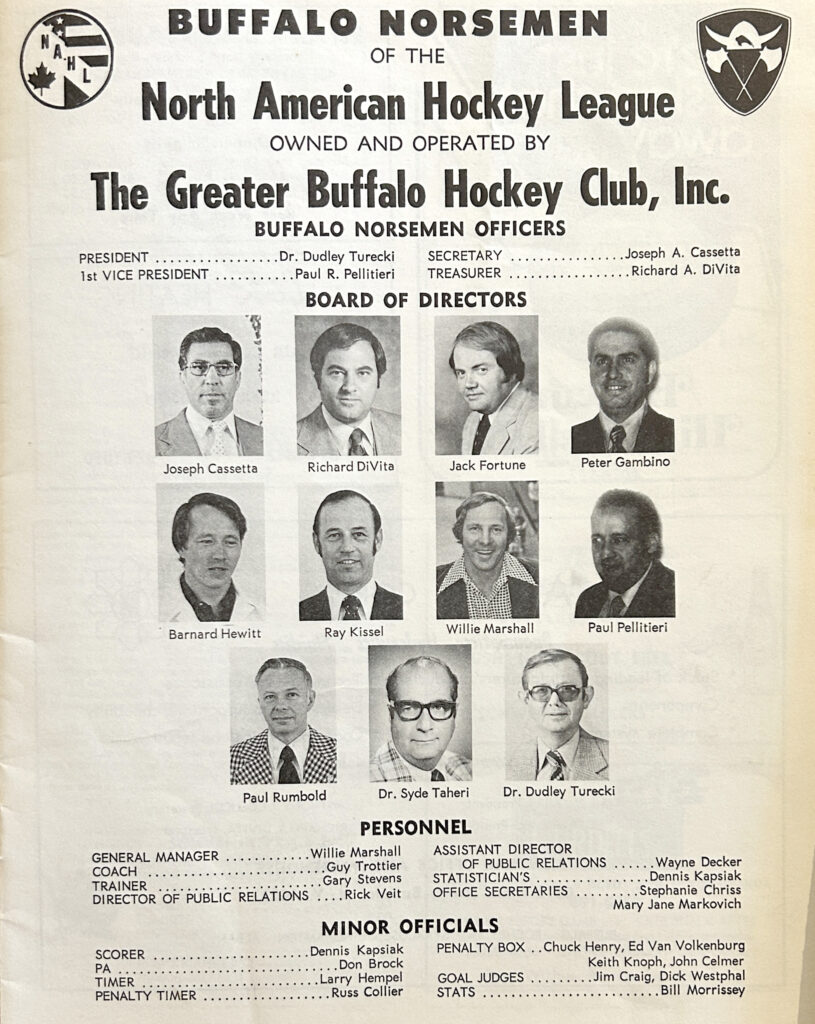
Introducing the green and gold
A Tonawanda News “Name the Team” contest in spring of 1975 attracts over four thousand entries. The winning “Buffalo Norsemen” moniker is announced May 5th, 1975, at a press conference in Buffalo’s Statler-Hilton. In another presser at the Twin City Racquet Club, the team colors and insignia are introduced.
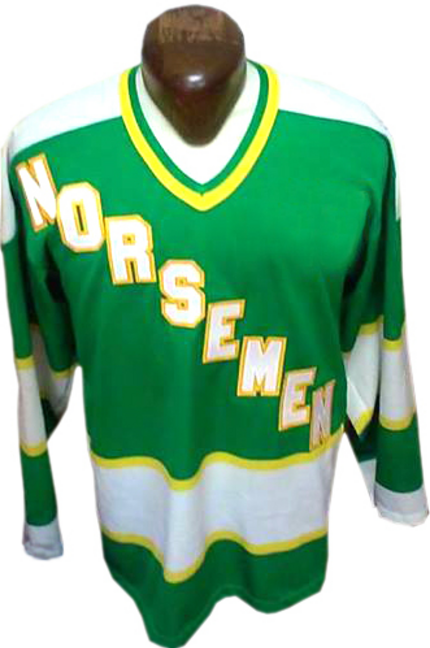
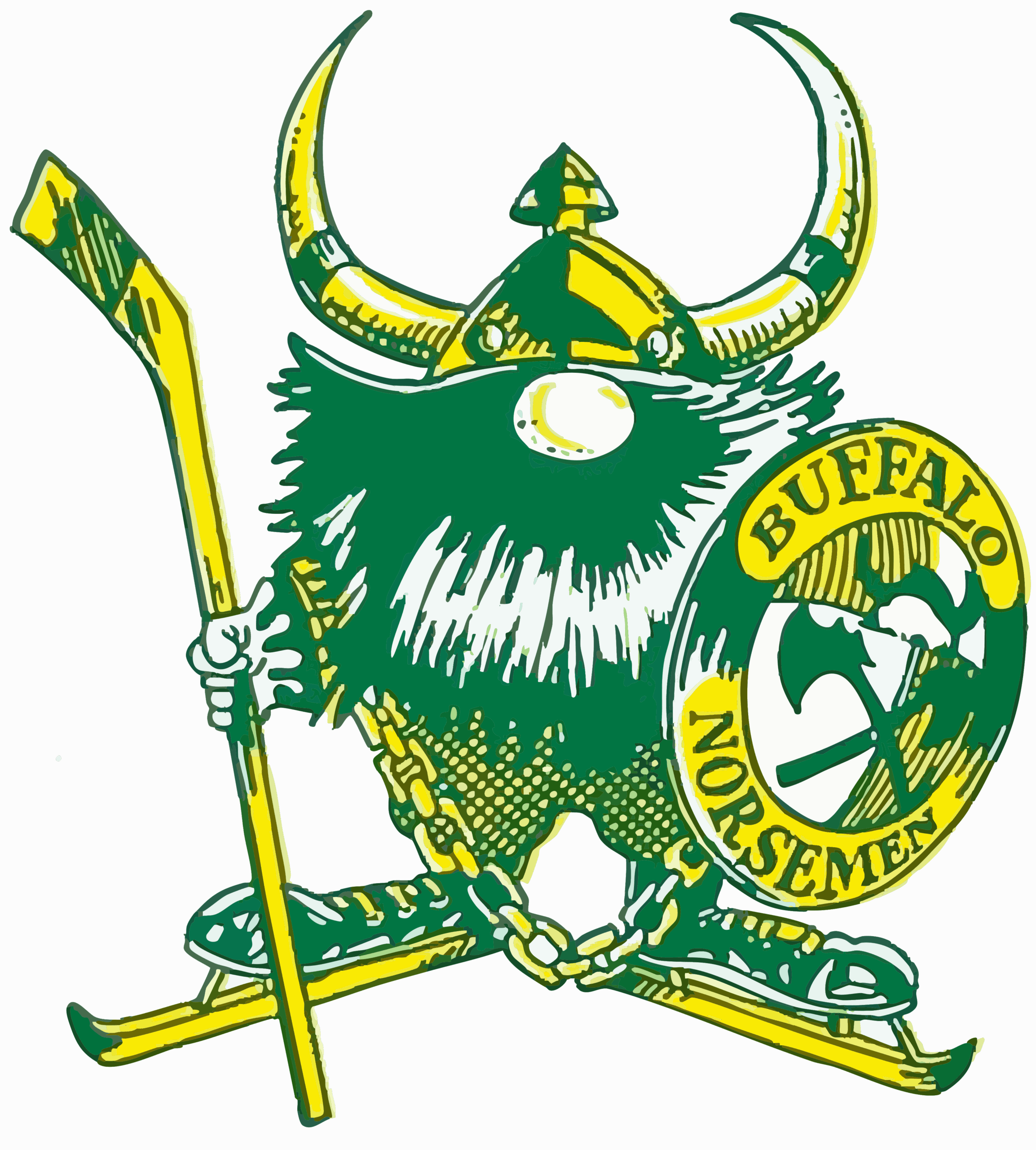
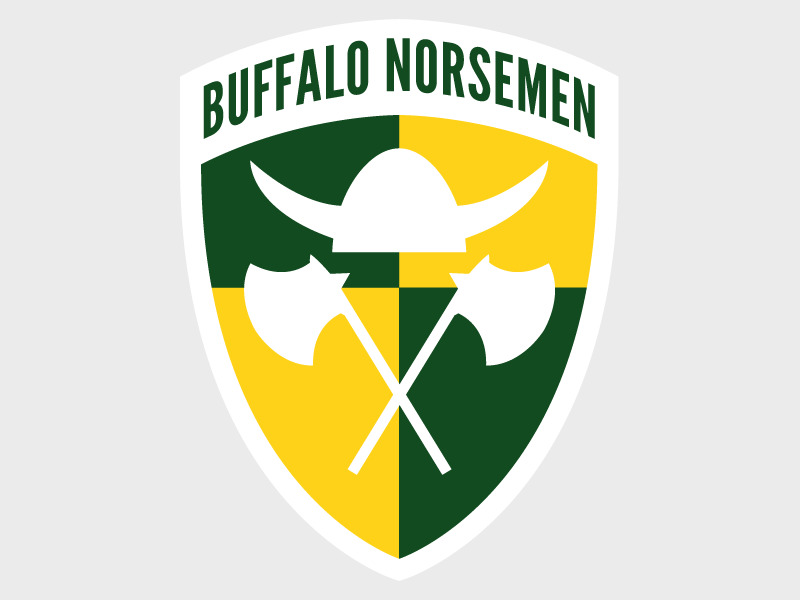
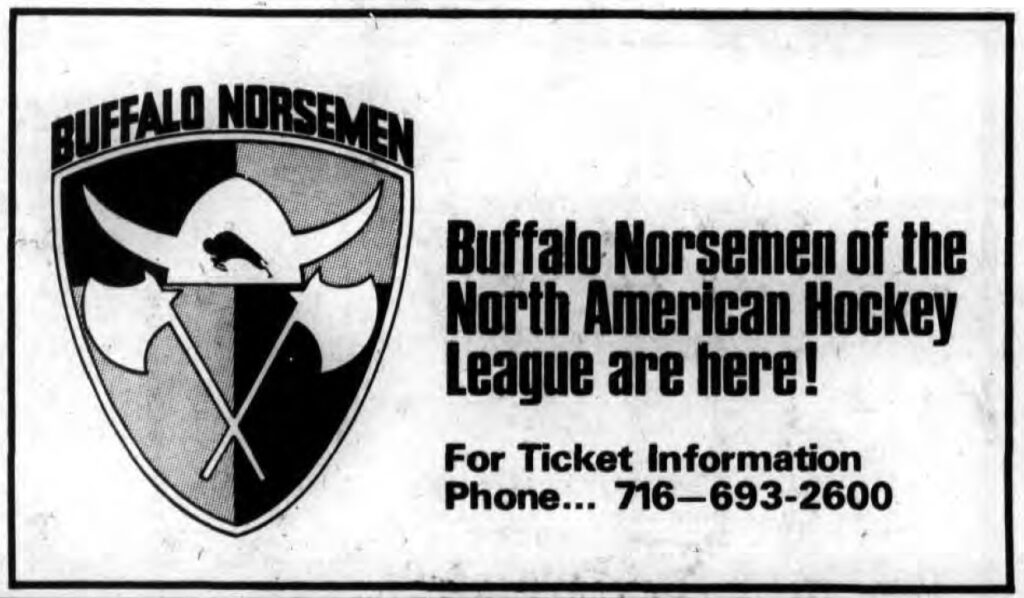
The community enthusiastically embraces the team (Norsemen bumper stickers grace about half the cars in the Tonawandas, one writer observes), but much work remains. Who will coach the team? Where will the players come from? And can the team convince enough people to come to the rink on Ridge to make the enterprise financially viable?


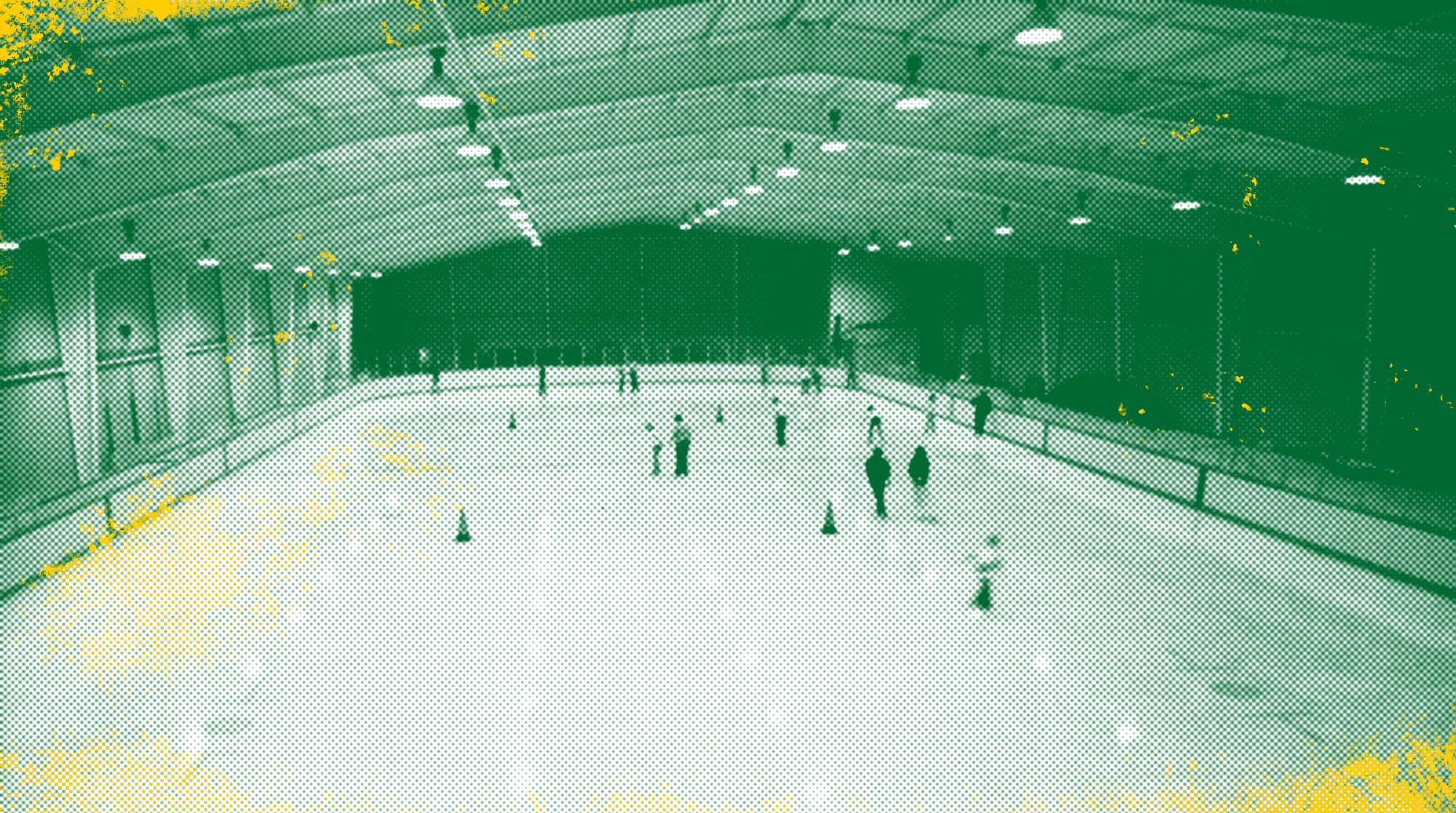
Leave a Reply